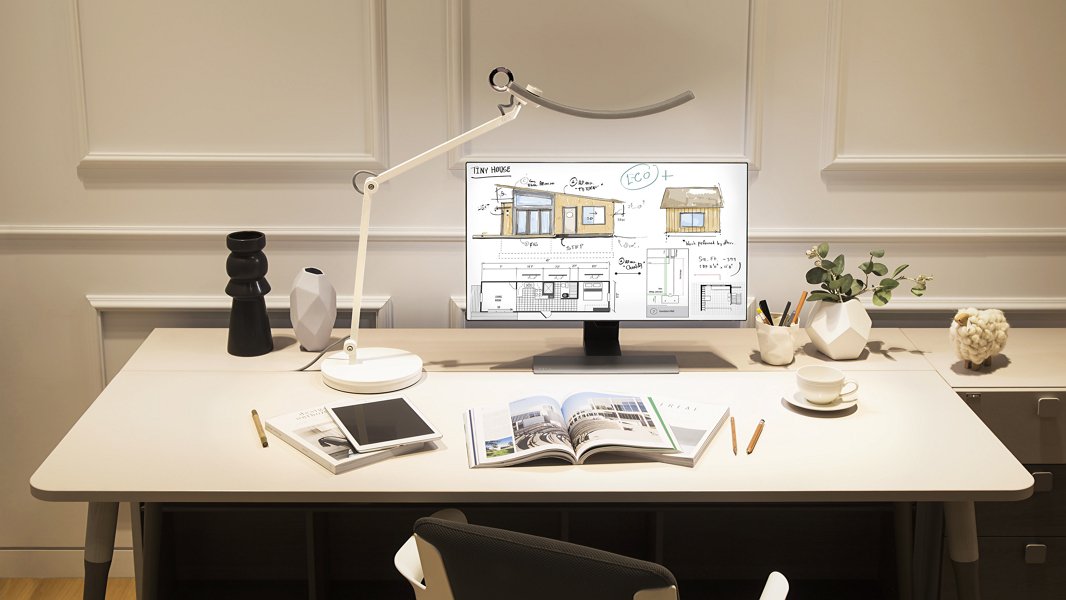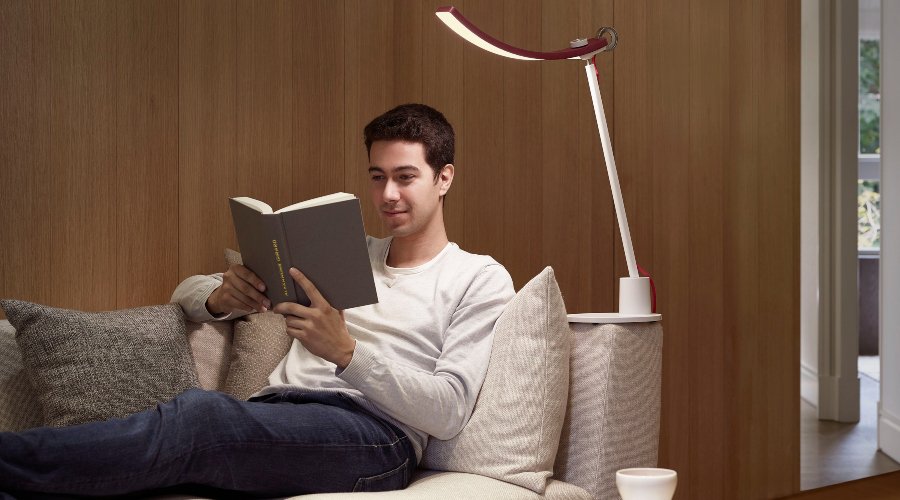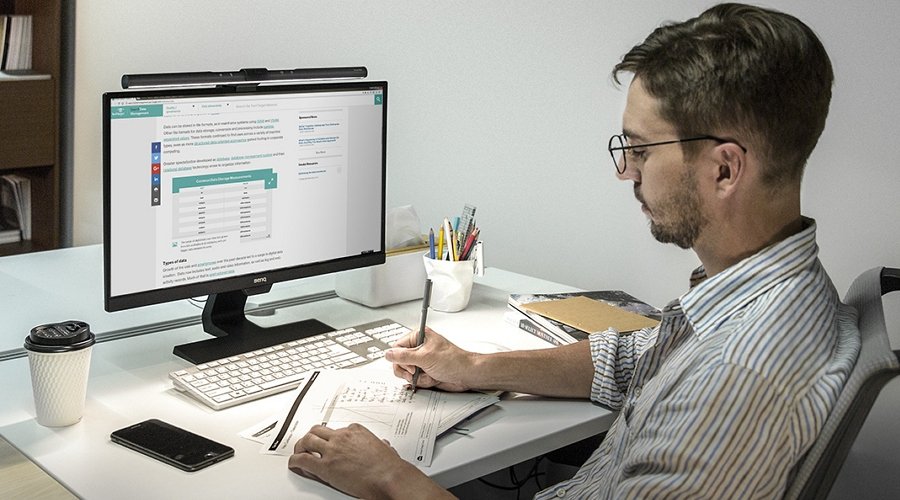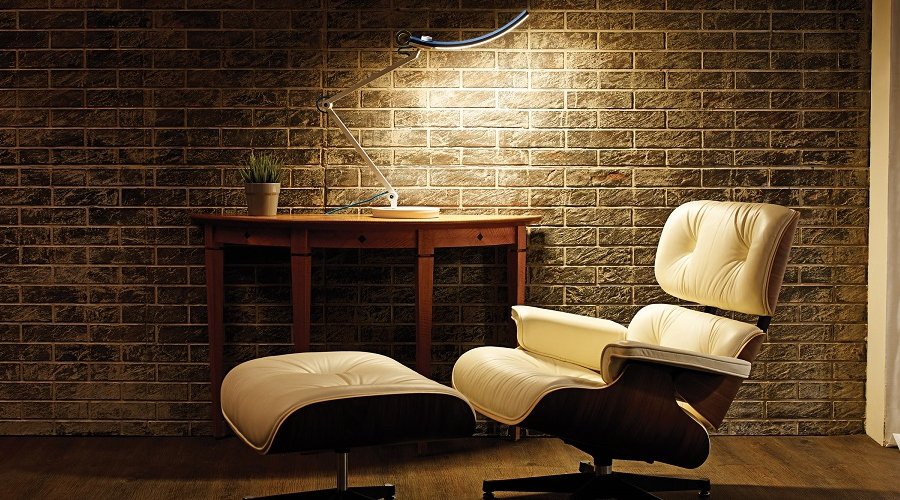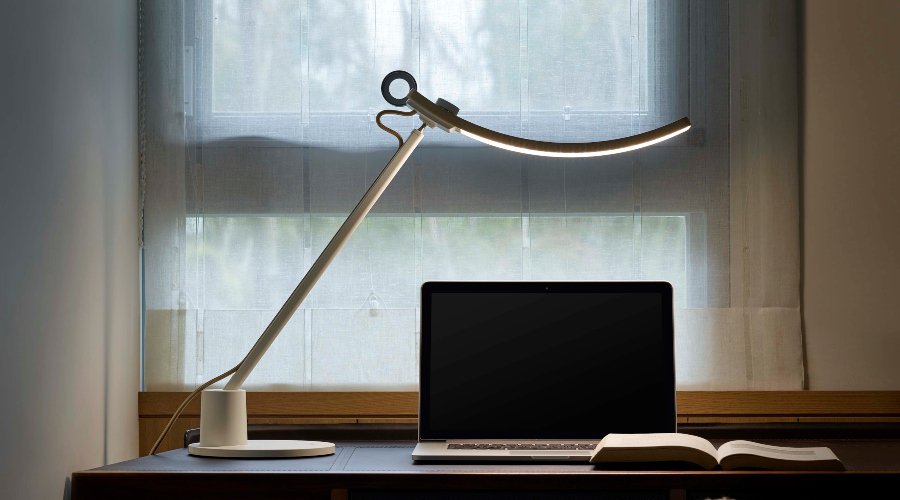If you have children at home, lighting safety is also an important factor to consider. Compared with traditional tungsten lamps, halogen lamps, or incandescent lamps, LED lamps don’t produce much heat. So while old desk lamps get really hot and can easily injure children who touch them, LEDs get to 50˚C at most, even after long periods of operation; which isn’t nearly hot enough to cause injury.
And unlike fluorescent bulbs, which also claim to be energy savers, LEDs don’t contain any mercury. There’s no risk to human health if they break, as they won’t release any toxic materials. Because of their inherent safety, LED bulbs also don’t require complex recycling techniques and aren’t subjected to strict environmental regulation by governments worldwide as fluorescents.
